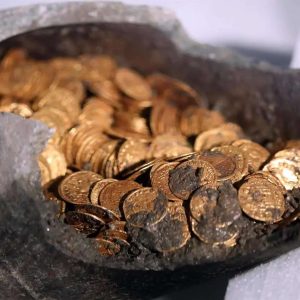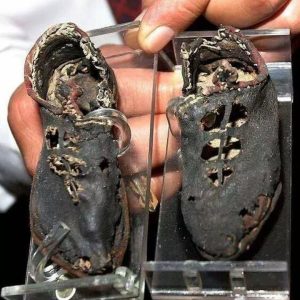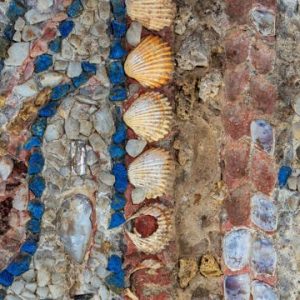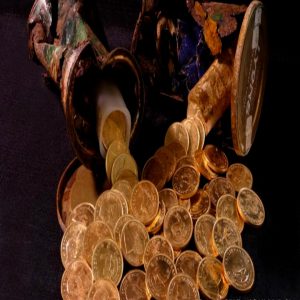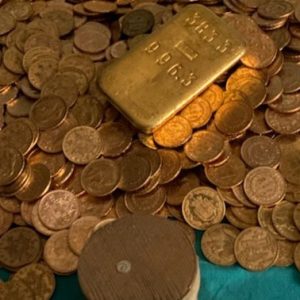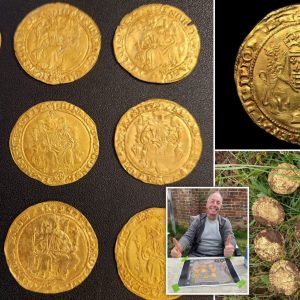
(Image: John Cancalosi/NGS/Corbis)
Over 80 per cent of the world’s commercial gold deposits formed in a flash. Using a simple model, geologists have shown that mountain-building earthquakes deep below Earth’s surface pull apart rocks so quickly that the high-pressure fluids they contain instantly vaporise. This process leaves behind residues rich in minerals including gold.
Geologists have long known that gold seams must form when mineral-rich water flows through networks of cracks in rocks 5 to 30 kilometres below the ground. But exactly how the gold accumulates in these cracks was unclear.
Earthquake-triggered pressure changes have long been suggested as a factor in the process, but as these pressure changes were thought to be relatively small, it was not obvious how they were involved.
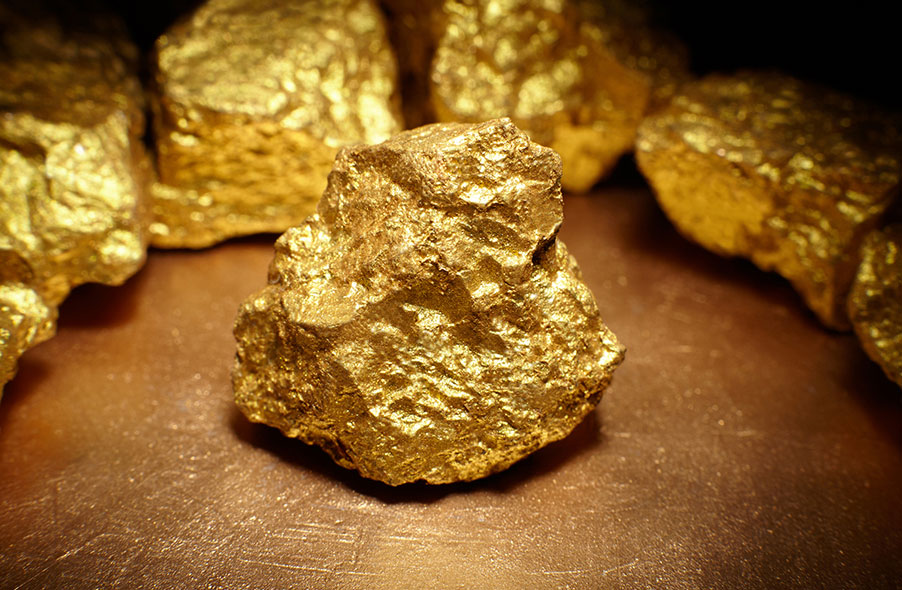
Richard Henley of the Australian National University in Canberra and Dion Weatherley of the University of Queensland in Brisbane have studied earthquake dynamics, and found that quake-triggered pressure changes are much larger than first thought. Their model suggests that earthquakes can open cracks in the deep rocks at the speed of sound.
Pressure crash
The fluid cannot get from the surrounding rock into the hole fast enough to fill the void, Henley says, so pressure drops from 3000 times atmospheric pressure to pressures almost the same as those at Earth’s surface in an instant. The nearby fluid flash-vaporises as a result – and any minerals it contains are deposited as it does.
Later, incoming fluid dissolves some of the minerals, but the less-soluble ones, including gold, accumulate as more episodes of quake-driven flash deposition occur.
“Large quantities of gold may be deposited in only a few hundred thousand years,” says Weatherley – a brief interval by geological standards. “Each event drops a little more gold,” adds Henley. “You can see it microscopically, tiny layer after tiny layer. It just builds up.”
Gold, you’re indestructible
Geologist John Muntean at the University of Nevada in Reno, says the results are “very credible”. The link between earthquakes and gold deposits is not new, says Muntean. “But this paper quantifies the amount of pressure drop,” he says, “and it ties it into gold solubility and why that pressure drop could drop out all of the gold in the hydrothermal fluid.”
Today, gold veins formed deep underground account for about a third of known gold deposits. Much is mined directly, and some that erodes away is collected from streams. “You can’t destroy gold. It just keeps getting recycled,” says Henley.

Another 45 per cent of the world’s gold comes from South Africa’s Witwatersrand basin, where it collected over 2 billion years ago as erosion wore down gold-rich veins of quartz in ancient mountain belts that probably formed by flash vaporisation.
The same process concentrates gold in similar veins as little as 2 kilometres below volcanoes, which stand guard over another 10 per cent or so of the world’s gold deposits.
